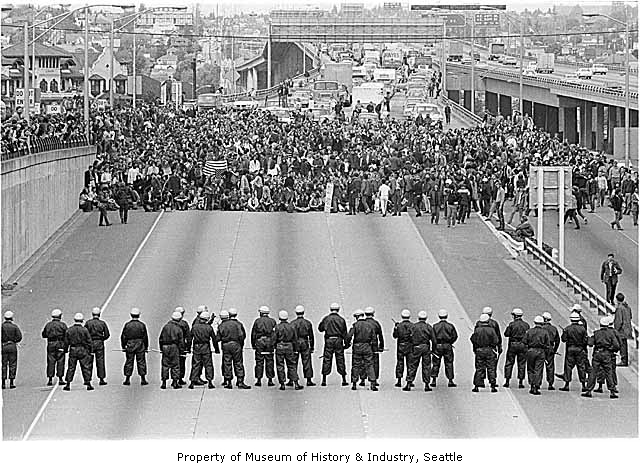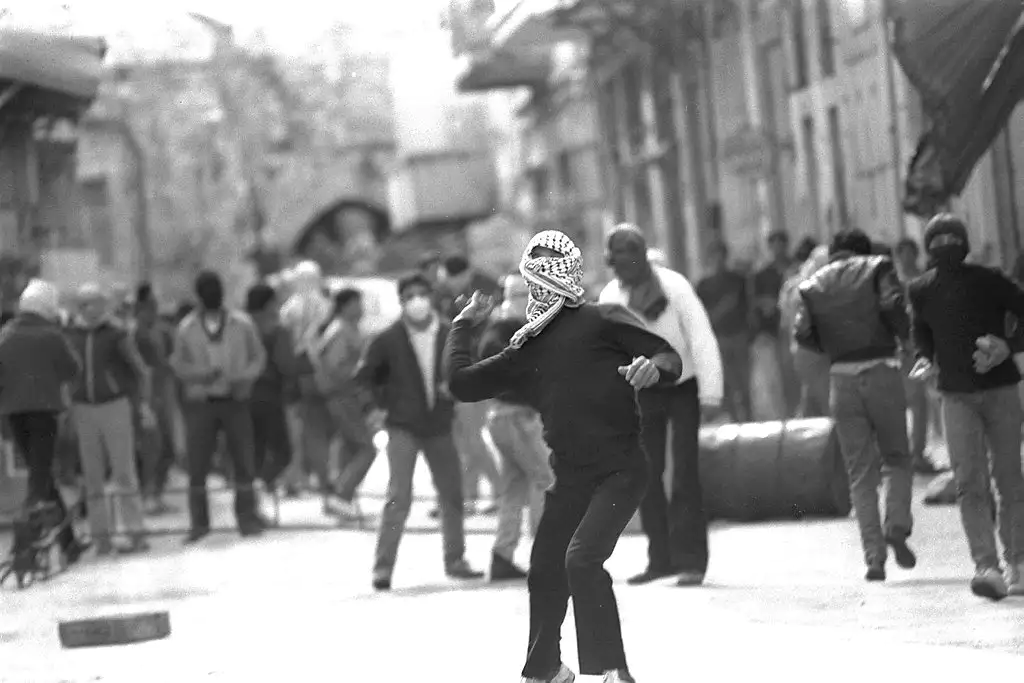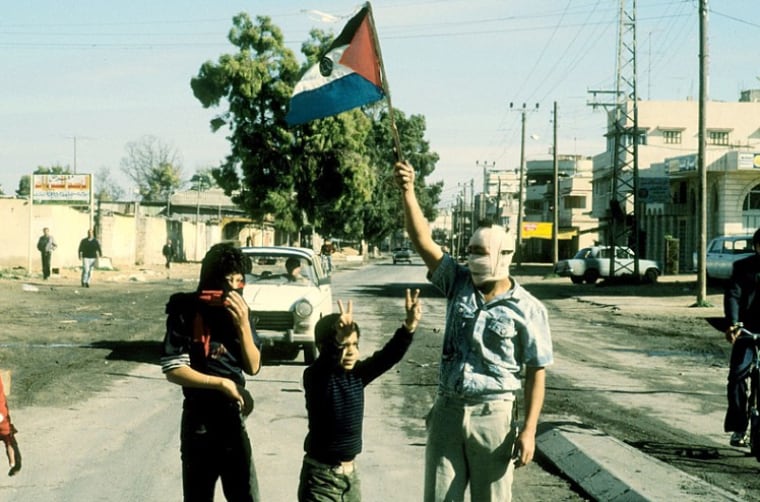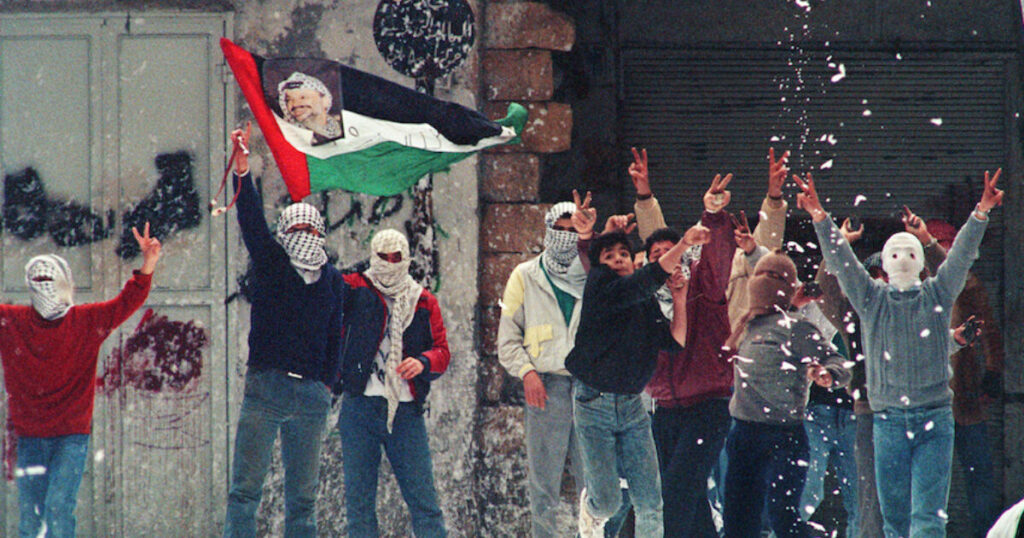When researching this topic, I wanted to explore many different databases and websites in order to draw my ultimate conclusions of information from all of the sources. My first step started with my investigation of finding a Tier 1 and Tier 2 source. I used the academic search website “JSTOR” which is a digital library of many different books, articles, peer reviewed journals, and other primary sources. I know this is reliable because Westminster students use this from the library when participating in research projects. My Tier 1 and 2 sources consisted of academic journal articles that I used throughout my post. After establishing these sources, I looked for reliable sources that are known to have accurate information. I looked on the New York Times website for an article about my topic. I know that the New York Times is a reliable source to gather information from because of their known credibility with authors that provide accurate information that is checked. I clicked on the author’s name of the article (Anna Betts), and saw that she provided details on her experience in journalism including that she has written for other newspapers such as the Washington Post and the Verge and also describes her credibility in Journalism. When checking media sources, it is important to check the author and see if they are credible, which is what I did. On another source (ACLED), I also saw the information of the two authors that wrote the article on the bottom of the source, which tells me they are credible. Another source I used was from the website politico, and it was written by Catherine Kim who is an assistant editor at Politico. The article showed examples from many different students that have spoken about their experiences with the current event I researched, proving that they are giving accurate first hand account information. Politico also falls relatively in the middle of the media bias chart, which tells me that they are not leaning towards a left or right side. Two other sources I used were from PBS, which is also a well known credible source. PBS also falls in the middle of the media bias chart. It is extremely important to take into account that when researching a specific topic, especially the one that I researched (College protests regarding the Israel-Hamas war), social media can give inaccurate information. TikTok provides news stories that people get their news from, but I avoided learning information from TikTok because I have learned that it can give false information and extremely biased opinions. When researching, I only used sources that fell in the middle of the media bias chart and were known to be credible.
Campus Protests
One of the biggest uprisings currently happening all across American Universities is the protests over the Israel-Hamas war. Many of these protests stem from college students upset with Israeli military action in Gaza (Moretti) and an urge to separate themselves from “companies advancing Israel’s military efforts in Gaza and in some cases from Israel itself” (PBS NewsHour).
These protests can cause a divergence in community and also reinforce “ideological orientations” (Sherkat). It is important to know what is occurring now with the protests and also have an understanding that college protests have been going on for a while in American History.

What is Occurring Today
Starting in early October, war has broken out in Gaza because of the Hamas attack on Israel. Protests on college campuses have erupted since October; however, in April they have advanced tremendously. According to authors Do and Hoyle, 97% of the campus protests have remained peaceful, and over 94% of the more than 1,360 student demonstrations held between 7 October 2023 and 3 May 2024 have shown support for Palestine (Ho, Doyle). Around April 18, many examples of campus protests have spread across the US since the arrest of more than 100 students at Columbia University (Ho, Doyle). At Columbia University, a number of protesters took over a building on campus by locking arms and carrying items such as furniture and metal barricades inside. The campus then responded with restricting the access to campus and also threatening students on not graduating (PBS NewsHour.2024). Some other examples of campus protests that have sparked since then is that on the Yale campus, police arrested 50 people, 44 of them being students, due to protesting with tents at a public sidewalk area after they were kicked from the quad (PBS NewsHour.2024).
At the University of Texas at Austin, police surrounded about 150 protesters sitting on the ground and then the protesters proceeded to block the officers from leaving campus by shoving the officers in before the protesters were pepper sprayed and then arrested (PBS NewsHour.2024). At the University of North Carolina Chapel Hills campus, protesters took down an American flag to raise a Palestinian flag. In return, several students arrived, who in support of UNC Interim Chancellor Lee Roberts, brought Israeli flags as Roberts entered the quad to put the American flag back up (Politico). Also, around 20 students at Brown University were arrested because of their protest against the schools “endowment from companies with ties to weapons manufacturers” (Betts). It is a controversial opinion among many students on whether the protests are anti semitic. Many believe there are no anti semitic demonstrations, however some Jewish students have remarked that rhetoric expressed to them can come off as violent (Politico). At Emory University, some students have stated that they have heard anti semitic rhetoric expressed such as “There is only one solution, intifada revolution,” and “Hey hey, ho ho, Zionists have got to go.” (Politico).
A History on Protests
These campus demonstrations occurring today are examples of social movements, and the protests are not new in today’s world. When understanding the history of why protests happen, it’s important to know some of the motivations. Many of times it associates with their beliefs such as political, status attainment, religious, and family beliefs (Sherkat). Protests may influence the rules in social settings and also inflict assumptions among people that can affect future decisions (Sherkat).

Starting around the 1950s and so on, campus protests have occurred over civil rights, war, religion, and more. One important time that we can look back on and parallel today’s protests with is the Vietnam college protests around the 1960s. Students were opposing government support for the repressive president of South Vietnam, Ngo Dinh Diem (PBS.2019), drafting for the war (Kindig), and also against the war going on itself. In the late 1960s at Cornell University, students tried to organize a “national burn-your-draft-card movement” (PBS.2019) and in May of 1970, 13 Kent State University students were shot by National guardsmen because of their anti-Vietnam war protests, which then led to more protests at over 1,300 college campuses (PBS.2019). The Vietnam Day Committee was an established group of war-opposed students that organized a number of antiwar social movements across campuses from 1968-1969 (Kindig).
Drawing Conclusions
So what can we take away from the history of protests to have an understanding of what is going on today? It is important to know that people can form biases based on their peers and beliefs. Also, it is recommended to research what is going on before taking action with reliable sources to know what you stand for. It’s difficult to come to an understanding of the outbreak of protests going on over the Israel-Hamas war. Campus protests have been going on for decades because of students’ beliefs and trying to demonstrate what they stand for. The Vietnam war protests are just one example of many events that have sparked social movements. For the future generations, it is important to know that protests may never end because of different opinions that people have, but we can educate ourselves on the current events and check our biases before taking action.
Moretti, Anthony. “College Protests Display Deep Division.” Beijing Review 67, no. 20 (May 16, 2024): 28. https://search-ebscohost-com.westminster.idm.oclc.org/login.aspx?direct=true&db=a9h&AN=177169003&site=ehost-live&scope=site.
Sherkat, Darren E., and T. Jean Blocker. “Explaining the Political and Personal Consequences of Protest.” Social Forces 75, no. 3 (1997): 1049–70. https://doi.org/10.2307/2580530.
Betts, Anna. 2023. “A Timeline of How the Israel-Hamas War Has Roiled College Campuses.” The New York Times, December 12, 2023, sec. U.S. https://www.nytimes.com/2023/12/12/us/campus-unrest-israel-gaza-antisemitism.html.
Doyle, Bianca Ho, Kieran. 2024. “US Student Pro-Palestine Demonstrations Remain Overwhelmingly Peaceful | ACLED Brief.” ACLED. May 10, 2024. https://acleddata.com/2024/05/10/us-student-pro-palestine-demonstrations-remain-overwhelmingly-peaceful-acled-brief/.
Review of What’s Really Happening on College Campuses, according to Student Journalists. n.d. Politico. https://www.politico.com/news/magazine/2024/05/03/college-campus-protests-israel-gaza-student-journalists-00155672#:~:text=We’re%20in%20the%20midst,30%20campuses%2C%20clashes%20with%20police..
PBS. 2019. “Protests and Backlash | American Experience | PBS.” Pbs.org. WGBH Educational Foundation. 2019. https://www.pbs.org/wgbh/americanexperience/features/two-days-in-october-student-antiwar-protests-and-backlash/.
Kindig, Jessie. 2020. “Vietnam: Students.” Washington.edu. 2020. https://depts.washington.edu/antiwar/vietnam_student.shtml.“A Look at the Protests of the War in Gaza That Have Emerged at U.S. Colleges.” 2024. PBS NewsHour. April 30, 2024. https://www.pbs.org/newshour/education/a-look-at-the-protests-of-the-war-in-gaza-that-have-emerged-at-us-colleges.

https://inthesetimes.com/article/first-palestinian-intifada-israel-gaza-democracy-feminism-community-council
The Attacks
Beginning in December of 1987, the First Intifada was a set of Palestinian boycotts and attacks in response to Israel’s control over Palestinians in certain areas such as the Gaza Strip and West Bank. Many Palestinians were becoming frustrated with Israel’s control over them and they began to grow in nationalism, creating the PLO (Palestinian Liberation Organization) which was formed around 1964 (Britannica). The Palestinians were also starting protests following the Israel invasion of Lebanon.
“The Intifada is vicious. It is unlike any war Israel has fought before”
Shaul Mofaz
One specific event which sparked the First Intifada was when an Israeli vehicle killed four Palestinians in a car crash. This began to cause a significant uprising against Israel which is a moment remembered in history. After this, there was a series of spontaneous Palestinian demonstrations such as boycotts, people refusing to work, and attacks including rocks, Molotov cocktails, and firearms on occasion (PBS).

In response to these attacks, the Israeli government incorporated policies in which they were breaking the bones of protesters, which caused an high count of fatalities. The Israeli government killed more than 1,000 Palestinians and injured more than 130,000 in the First Intifada (PBS). The ratio of Palestinian to Israeli deaths was slightly more than 3 to 1 (Britannica). The First Intifada was also largely led by Palestinian women who launched mass demonstrations and came together to create social committees. Bacha remarked in a 2018 interview that “There was such a powerful sense of unity and purpose among Palestinians during that time” (PBS).
Towards the end of the Intifada
In 1988, the US called for a rejection of terrorism and and recognition of Israel’s right to exist, which the PLO accepted (Britannica). Then, a new Israeli government was created, which was fighting for peace. Alongside with this, a new organization named Hamas was created. This group was in Palestine and they were voicing for an Islamic state in all of “historical Palestine” (Britannica). They rejected the Oslo Accords and sparked suicide attacks against Israeli targets. This was a crucial moment because the PLO and Israel signed a peace treaty in 1993, “The Oslo Accords”, but Hamas was fighting against it. The First Intifada ended in 1993 due to the Oslo Accords.
“According to the Israeli human rights group B’Tselem, nearly 2,000 deaths due to violence occurred during the first intifada; the ratio of Palestinian to Israeli deaths was slightly more than 3 to 1” (Britannica).


